Caroline McKerrow of “Stormy Hill”:
In November, I saw two large grey mongooses or it could be one that I saw one twice as it was in the same area on both days. A jackal ran across my path when I was out riding. Two bushbuck were grazing when taking a trail ride. A couple of mountain reedbuck, and then at home I saw a Common Reedbuck and Duiker
Crystelle Wilson of “Gramarye”:
Breeding season is in full swing. A necklace of Southern Red Bishops paints a picture of colonial harmony,
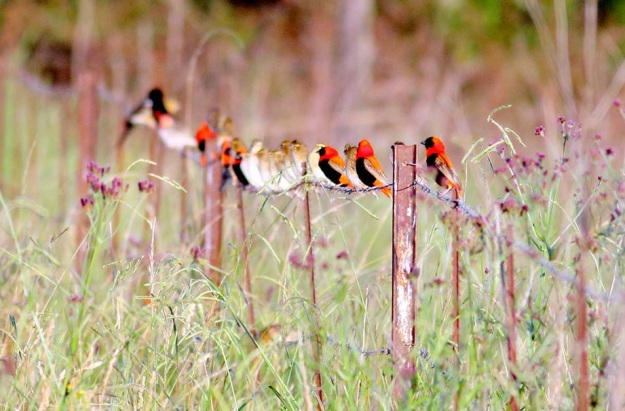
Southern Red Bishop
but there are a lot of territorial disputes between males
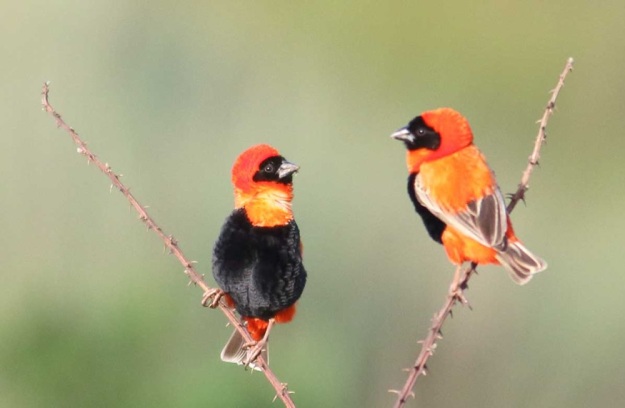
Male Southern Red Bishop
All these activities are keenly observed by Diderick Cuckoos for the slightest opportunity to slip into a nest and deposit an egg
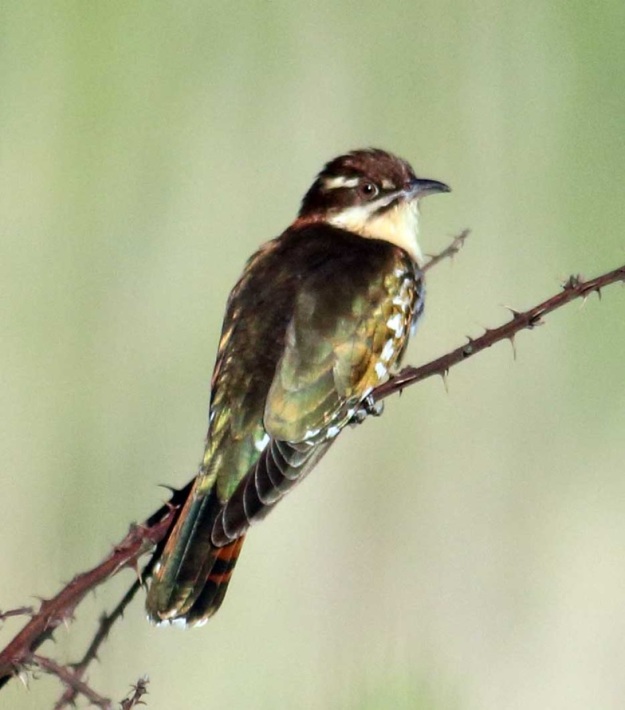
Dideric Cuckoo
Another parasitic species, a Dusky Indigobird, put in a surprise appearance on my kitchen stoep on Christmas morning. I haven’t seen them around for some time and this one was probably checking out the presence of African Firefinches.
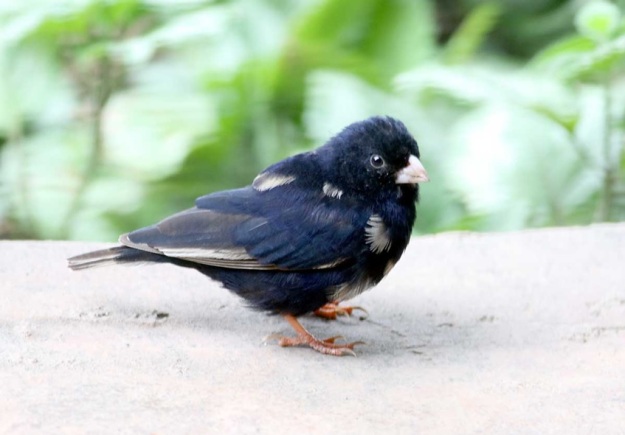
Dusky Indigobird
A disaster though, on the same morning, was when I found that part of the nest of the Greater Swallows had broken off and an empty egg was lying on the stoep below.
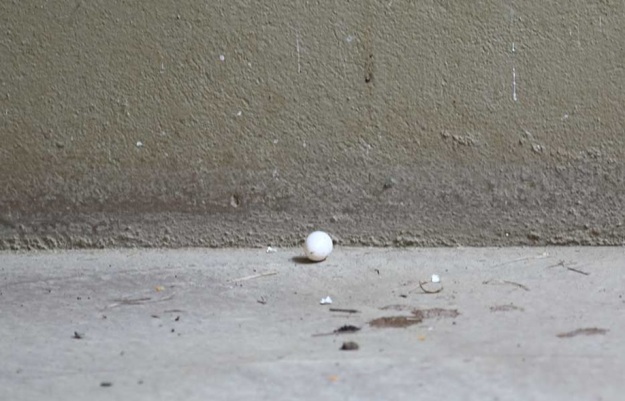
Despite the dry conditions and shortage of suitable mud, the parents wasted no time to begin fixing the damage
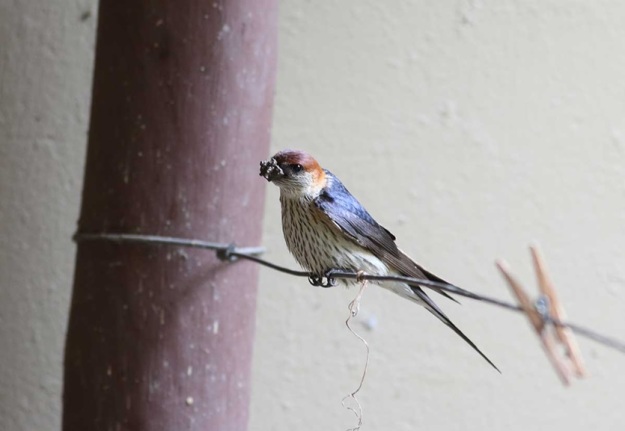
Greater Striped Swallow
I was delighted to notice that one chick seemed to have survived in the nest. During the days following, the parents were kept busy alternating between feeding their offspring and repairing the nest
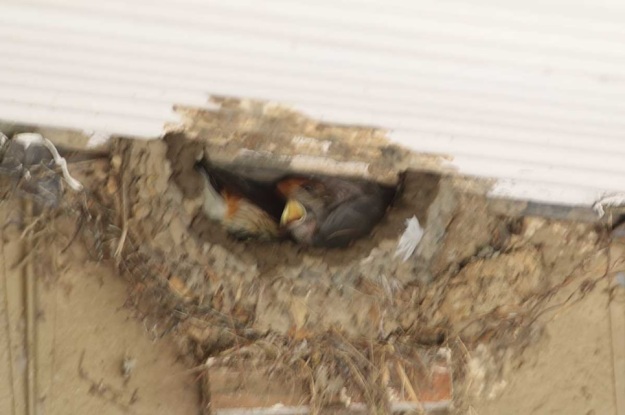
Surviving chick of Greater Striped Swallow
Breeding success for other species meant there are a number of fledglings flopping around in the vegetation, trying out their balancing acts, like Levaillant’s Cisticola
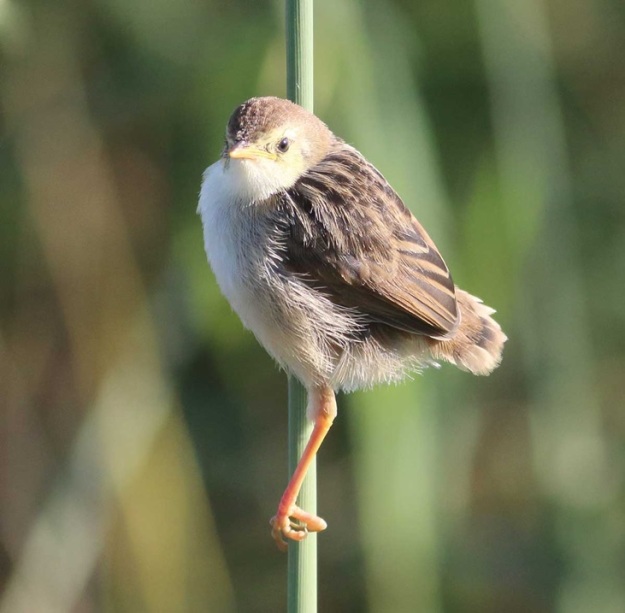
Levaillant’s Cisticola
And Amethyst Sunbird sitting pretty
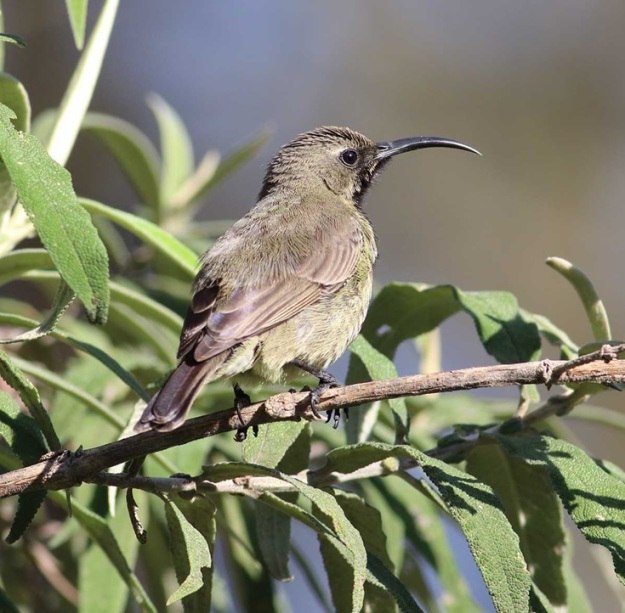
Amethyst Sunbird
And African Stonechat testing its vocal skills
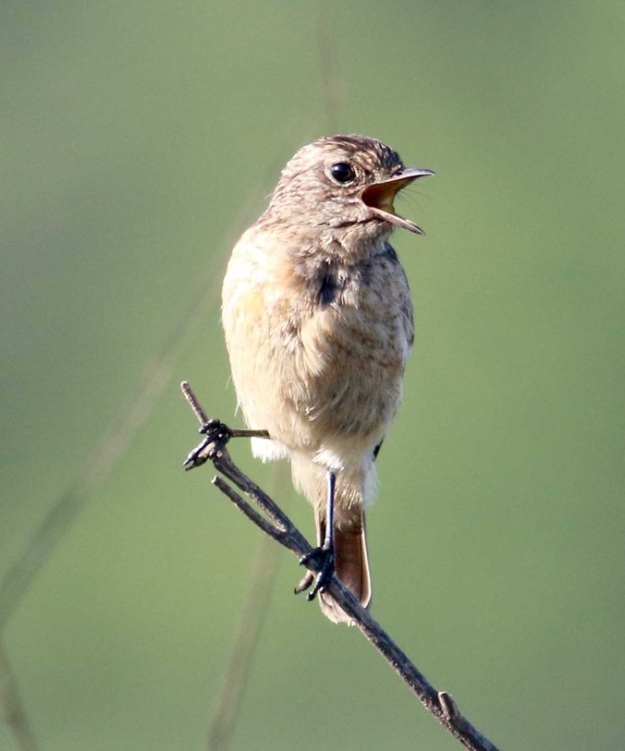
African Stonechat
I was very pleased to find a posse of Orange-breasted Waxbills feeding on a path. By standing very still, they came quite close and allowed themselves to be photographed.

Orange-breasted Waxbill
SABAP2 atlas sightings for the Elandshoek pentad 2935_3000 included: White-throated Swallow, Cape Robin-chat, African Sacred Ibis, Brown-throated Martin, Helmeted Guineafowl, Black-headed Oriole, Red-knobbed Coot, Pied Starling, Brimstone Canary, African Firefinch, Barn Owl, Natal Spurfowl, African Black Duck, Cape Grassbird, African Rail, Yellow-fronted Canary, Cape Canary, Common Waxbill, Wing-snapping Cisticola, Wailing Cisticola, Cape Longclaw, Speckled Pigeon, Southern Double-collared Sunbird, Bar-throated Apalis, Jackal Buzzard
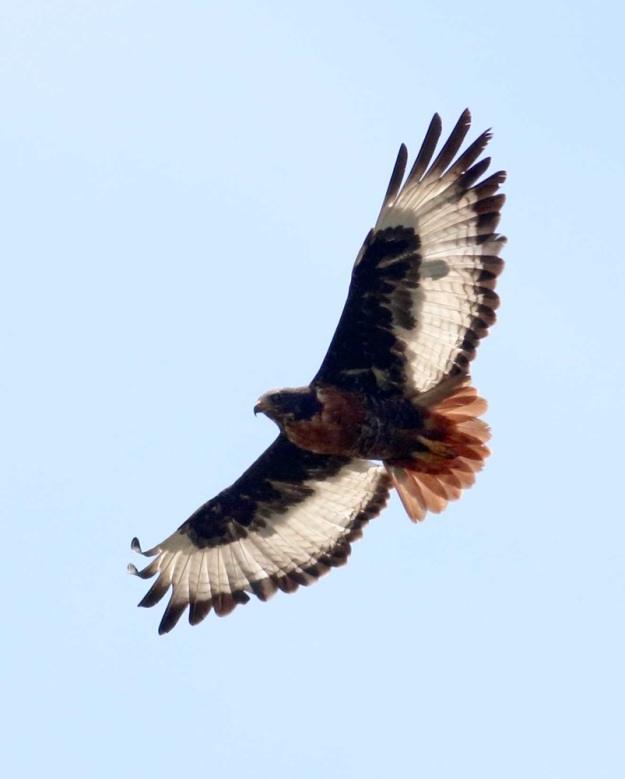
Jackal Buzzard
Sombre Greenbul, Wattled Crane, African Wattled Lapwing, Red-billed Teal, African Snipe, South African Shelduck, Black Crake, Common Moorhen, Reed Cormorant, Three-banded Plover, Blacksmith Lapwing, Barn Swallow, Little Grebe, Levaillant’s Cisticola, Cape Wagtail, African Darter, White-breasted Cormorant, Yellow-billed Kite,
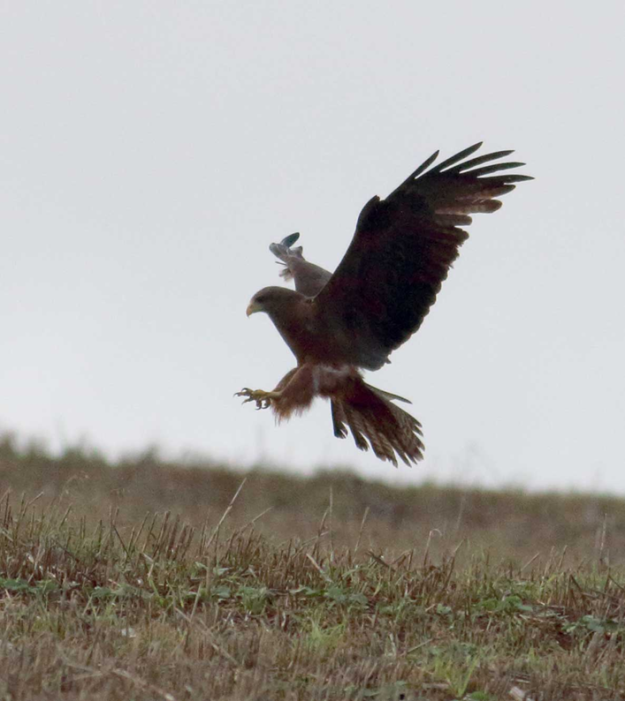
Yellow-billed Kite
Drakensberg Prinia, African Stonechat, African Reed-warbler, Little Rush-warbler, Red-chested Flufftail, Red-collared Widowbird, Fan-tailed Widowbird, Yellow-billed Duck, Southern Red Bishop, Cape Crow, Common Quail, Burchell’s Coucal, Pied Kingfisher, Red-billed Quelea, Dark-capped Bulbul, Cape White-eye, Speckled Mousebird, Black Saw-wing, Amethyst Sunbird, Green Wood-hoopoe, Black-headed Heron, Bokmakierie, Red-capped Lark, African Pipit, Village Weaver,
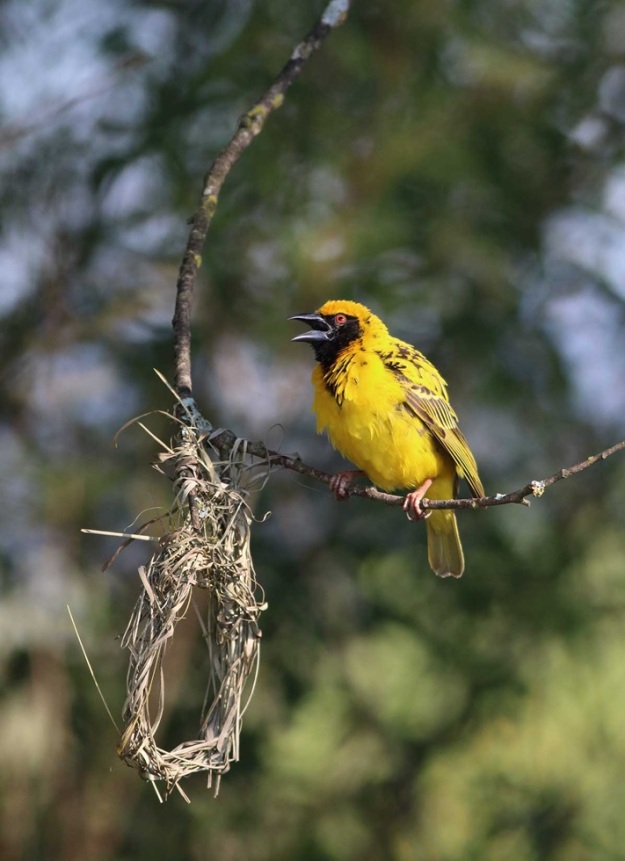
Village Weaver
Cape Weaver, Zitting Cisticola, Red-necked Spurfowl, Common Fiscal, Spur-winged Goose, Egyptian Goose, Fork-tailed Drongo, African Dusky Flycatcher, Olive Thrush, African Hoopoe, Southern Boubou, Cape Turtle-dove, Red-eyed Dove, Southern Grey-headed Sparrow, House Sparrow, Cape Sparrow, Pin-tailed Whydah, Diderick Cuckoo, African Paradise-flycatcher, Greater Striped Swallow, Hadeda Ibis, Long-crested Eagle, Cattle Egret, Grey Crowned Crane, (cutting a lonely figure in a dam drying out)
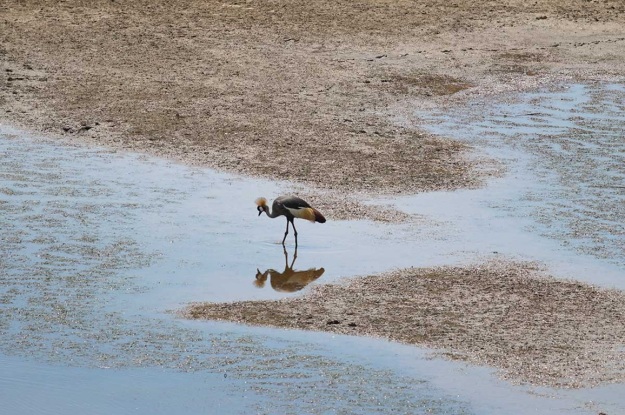
Grey Crowned Crane
African Spoonbill, Dusky Indigobird, African Fish-Eagle
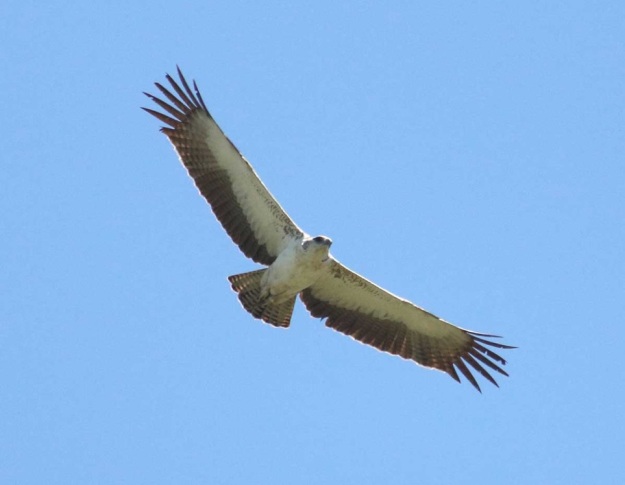
African Fish-Eagle
Christeen Grant of “Sitamani”:
At last rain, thunderstorms, misty mornings and damp overcast days.
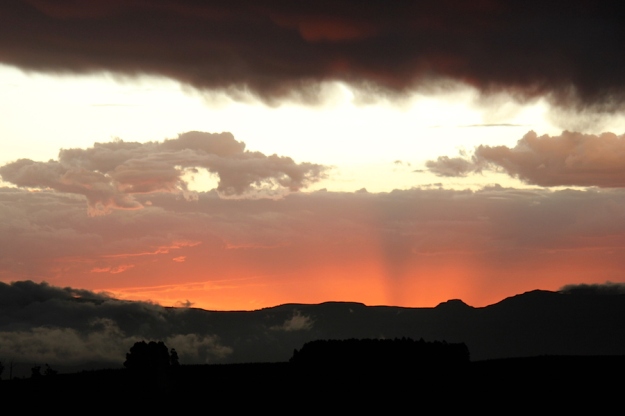
After the storm
Although it seems too late for most of the indigenous flowering plants, flower numbers are way down compared to most Decembers, many of the wide variety are represented. The insect world however has come alive, particularly moths.
There were two first sightings for Sitamani, both have the common name ‘maiden’ although not the same genus, African Maiden Moth, Family Thyretidae and Cool Maiden, Amata kuhlweini.
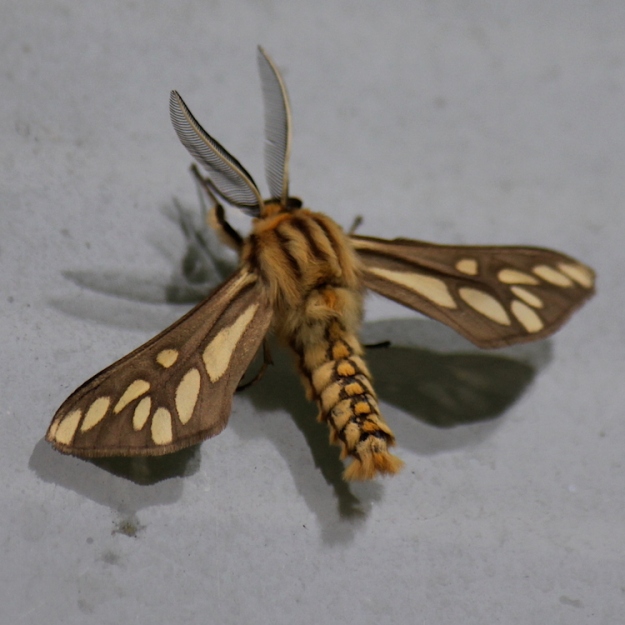
African Maiden Moth, Family Thyretidae
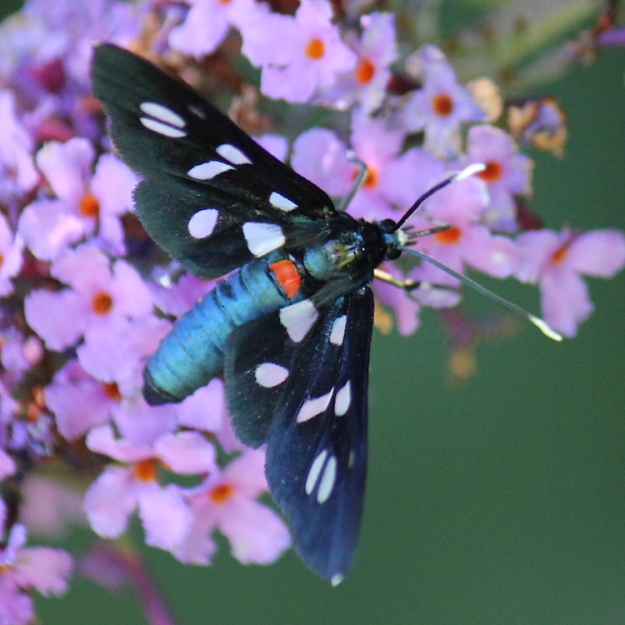
Cool Maiden, Amata kuhlweini
Then many more of which I only have three ID’s, Marbled Emperor; a stunning red moth Metarctica lateritia and Plum Slug, Latoia lastistriga which is quite apt as the caterpillars eat plums and we have an orchard of them!
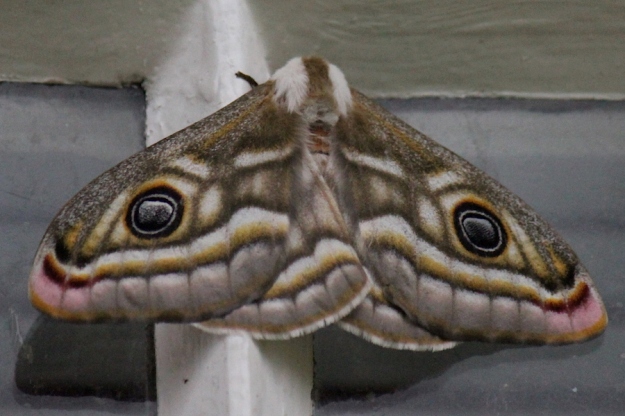
Marbled Emperor

Metarctica lateritia
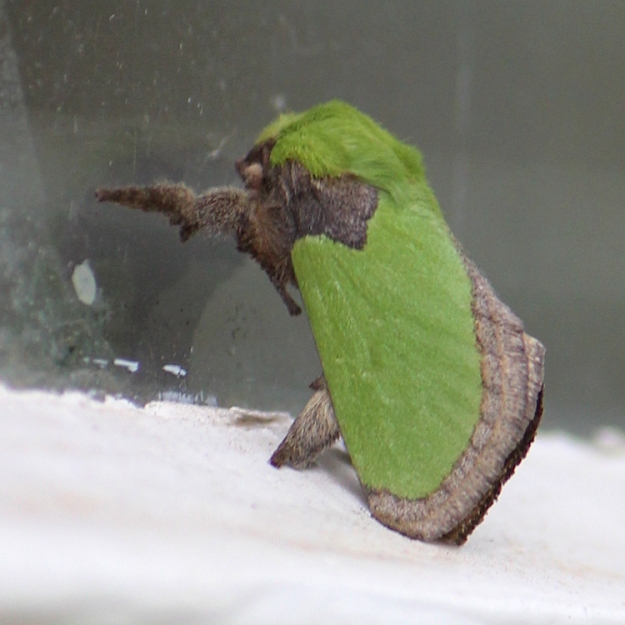
Plum Slug Latoia lastistriga
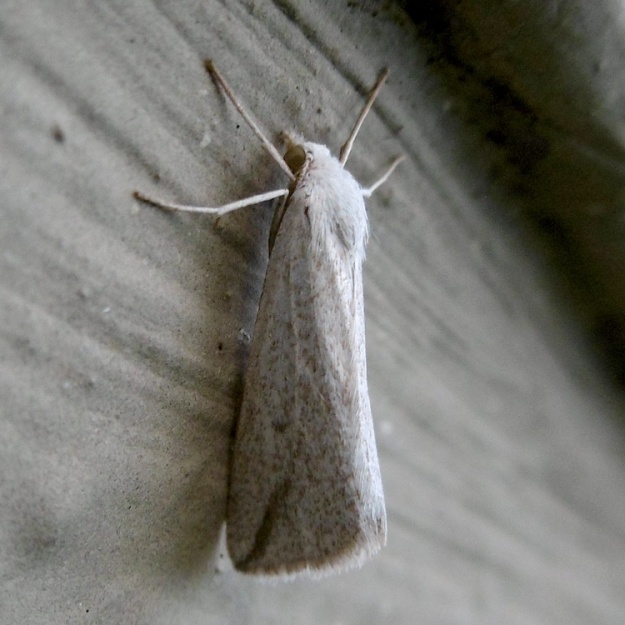

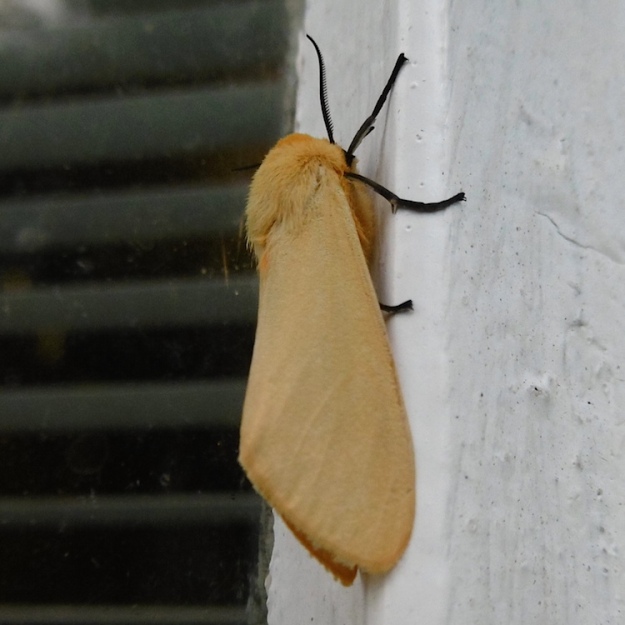
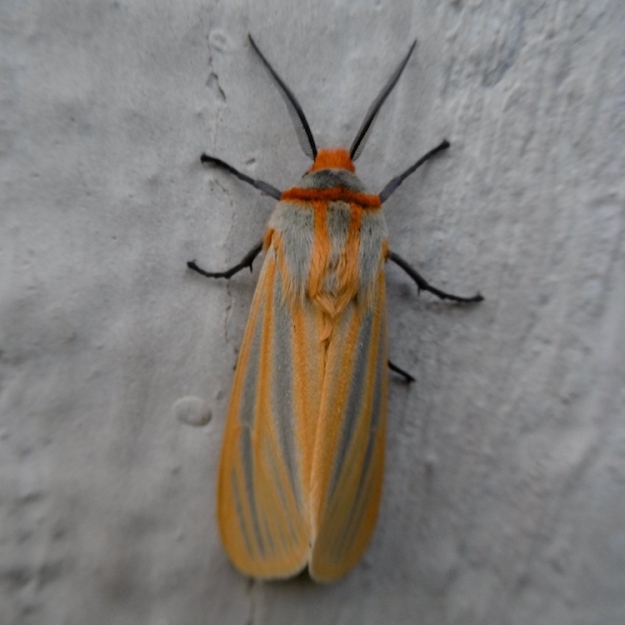
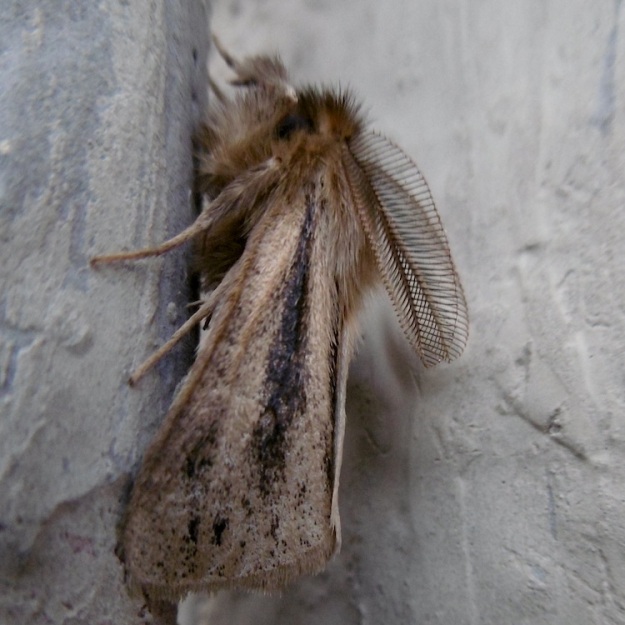
Other insects include butterflies, Common Meadow Blue, Cupidopsis cissus cissus and a Pirate, Catacroptera cloane cloane this was a first sighting here.
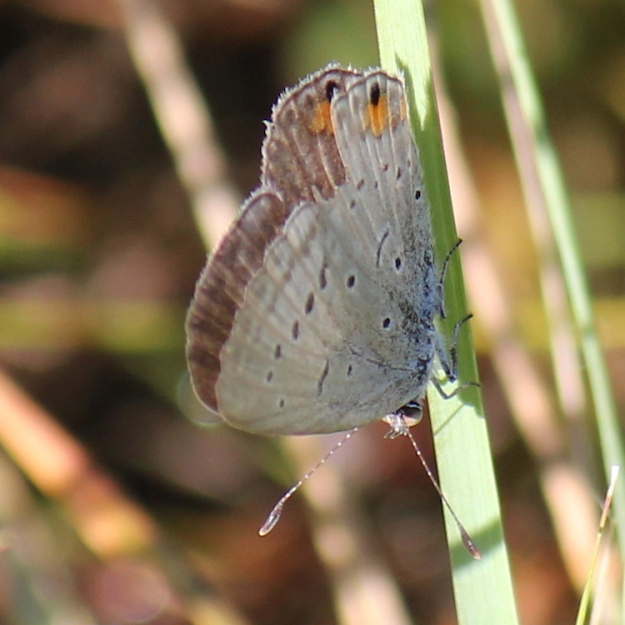
Common Meadow Blue, Cupidopsis cissus cissus
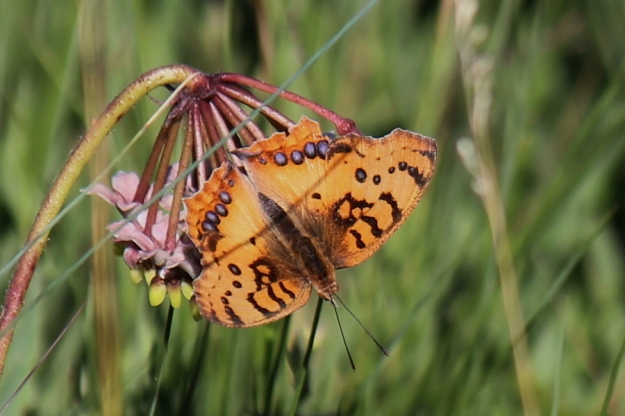
Pirate Catacroptera, cloane cloane
Bees are plentiful in the indigenous brambles and any other flower they can find.
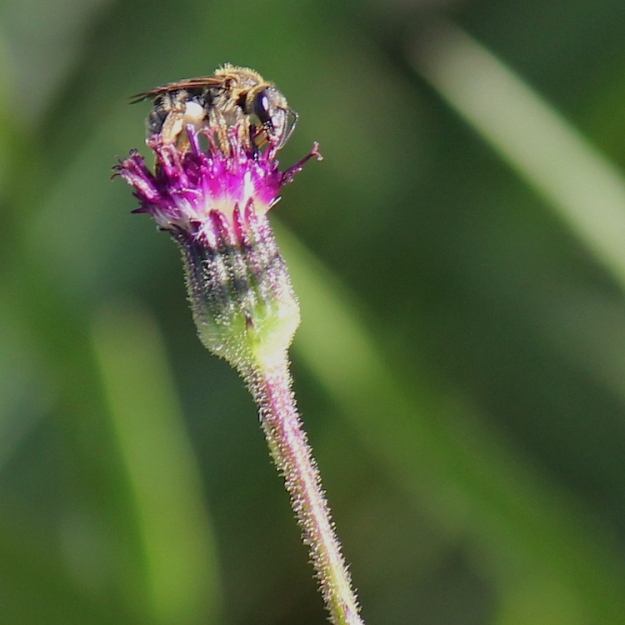
Bee
Then I wrote last month: “The distinctive sound of the Bladder grasshoppers echoes at night, ‘gonion, gonion’, but I haven’t seen one yet”, and one appeared!

Bladder grasshopper
A gorgeous Blister Beetle, a shy Mottled Veld Antlion, a Praying mantis that pretended to be a stick insect and an interesting small wasp of the Enicospilus genus which lays its eggs in Cut Worms.
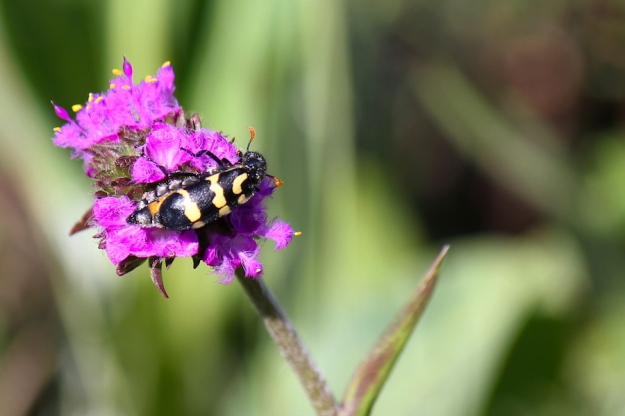
Blister beetle on Cyanotis speciosa

Mottled Veld Antlion
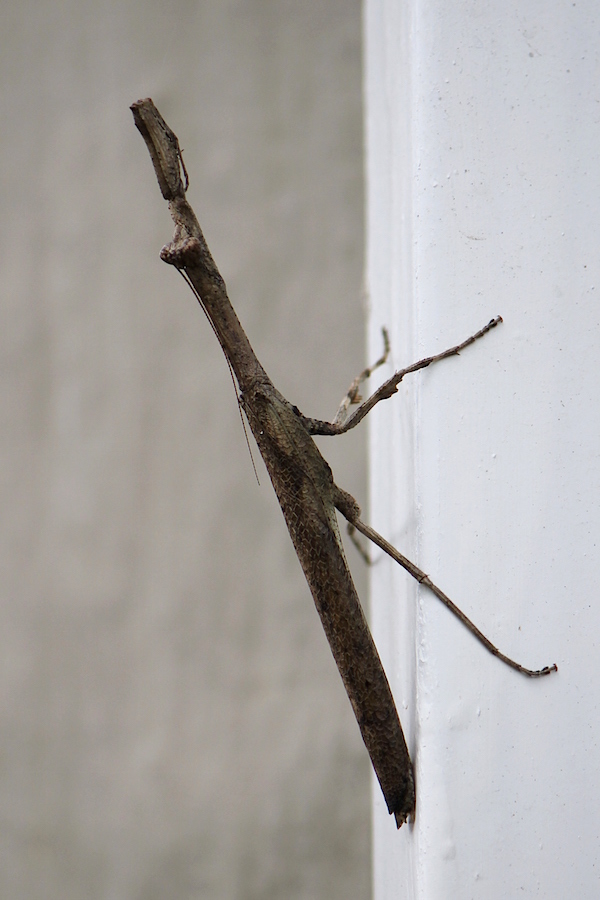
Praying mantis
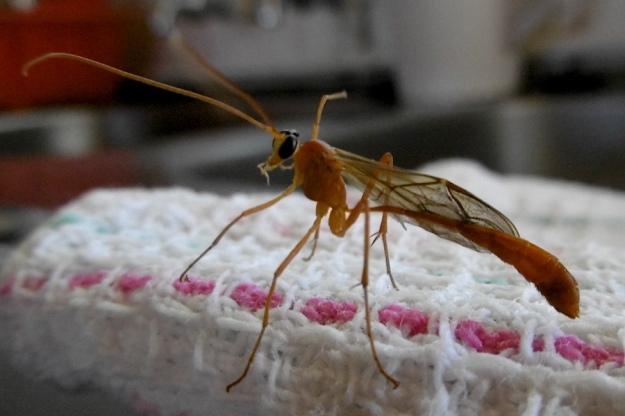
Wasp of Enicospilus genus
The Village Weavers are still busy building, but one female is happy, she laid an egg now hatched and both parents are frantically feeding the demanding vocal chick! Other birds that attracted my attention was a Cape Longclaw, four Greater Striped Swallows and a disconsolately damp Red-throated Widow on top of a tree in the damp drizzle!
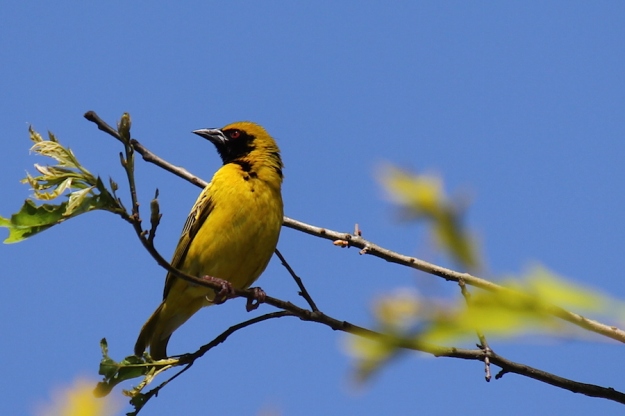
Village Weaver male
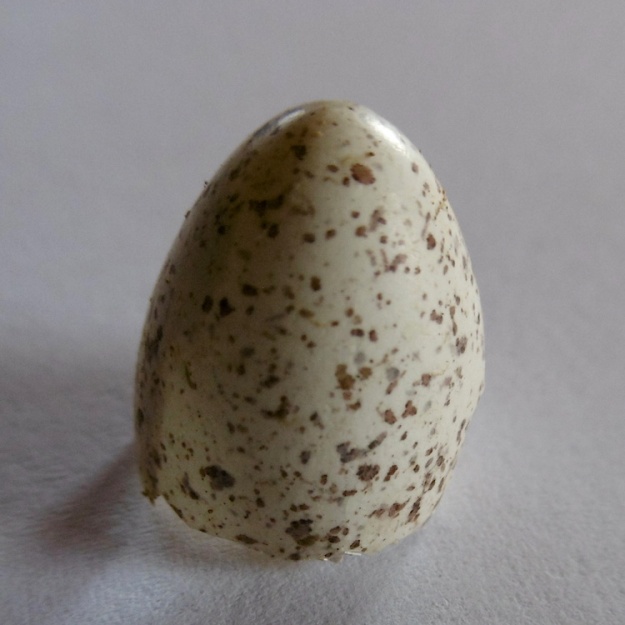
Village Weaver egg
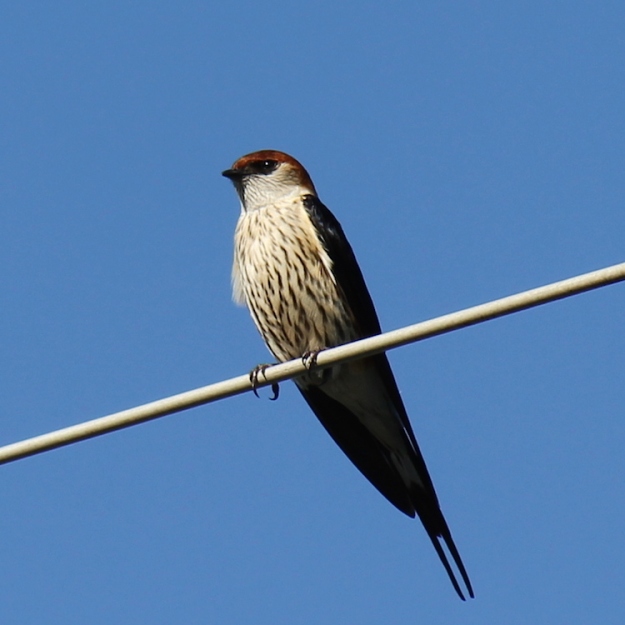
Greater Striped Swallow
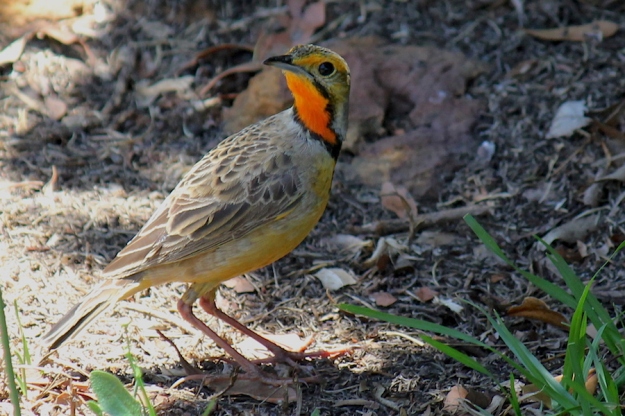
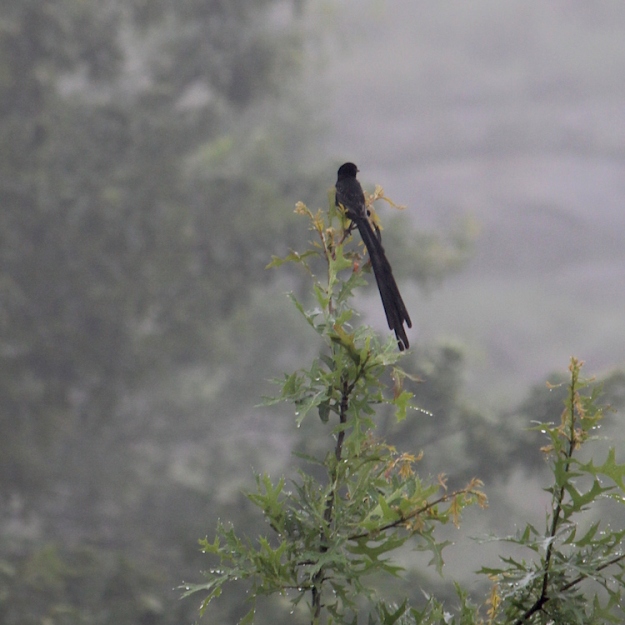
Red-collared Widowbird
Flower species seen were: Agapanthus campanulatus, Asclepias albens, Berkheya speciosa, Commelina africana, Cynaotis speciosa,
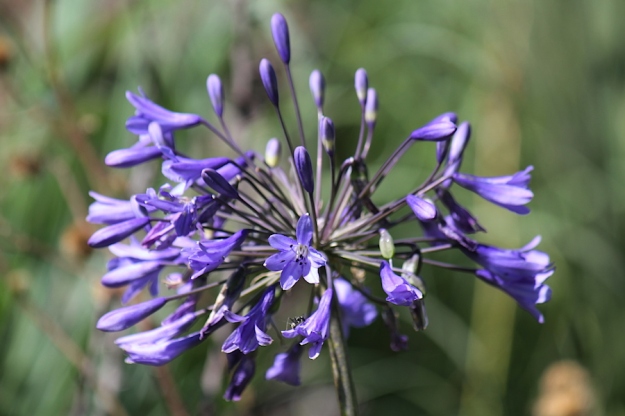
Agapanthus campanulatus
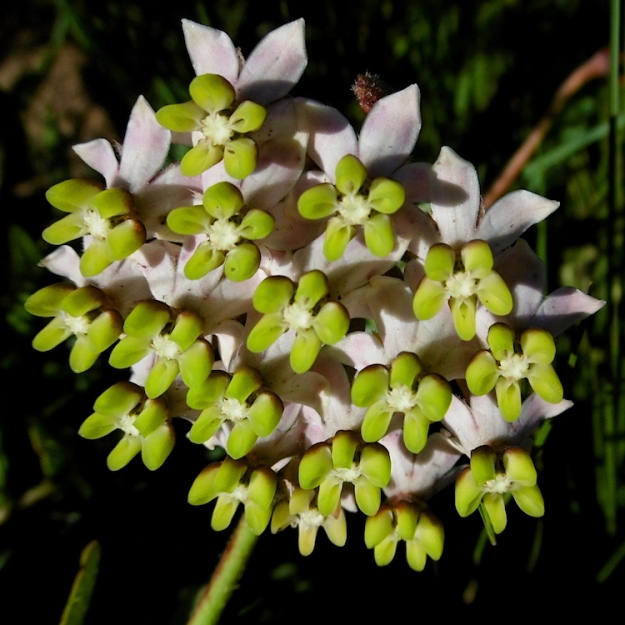
Asclepias albens
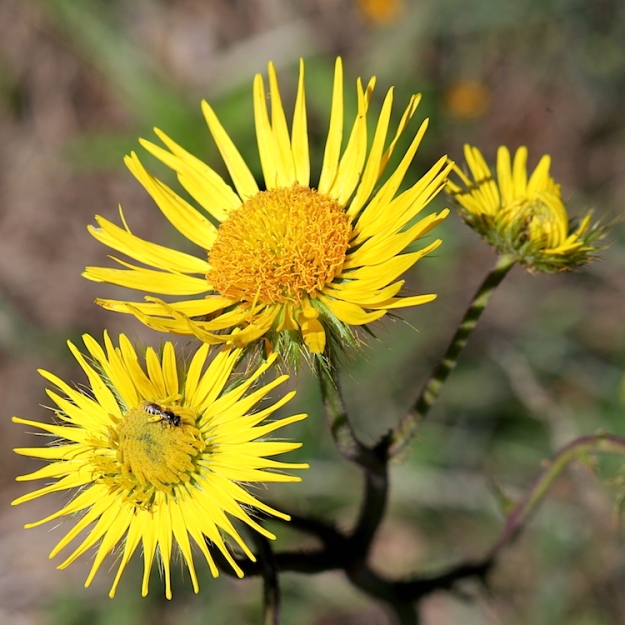
Berkheya speciosa
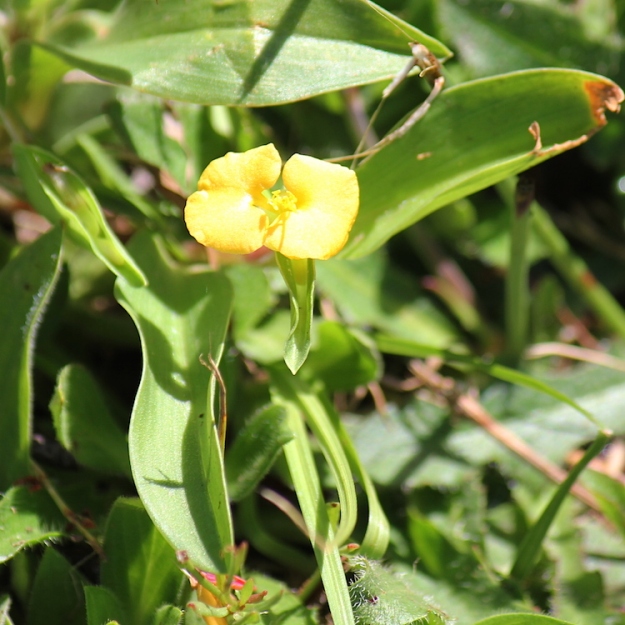
Commelina africana

Cynaotis speciosa
both green and orange Dipcadi viride,
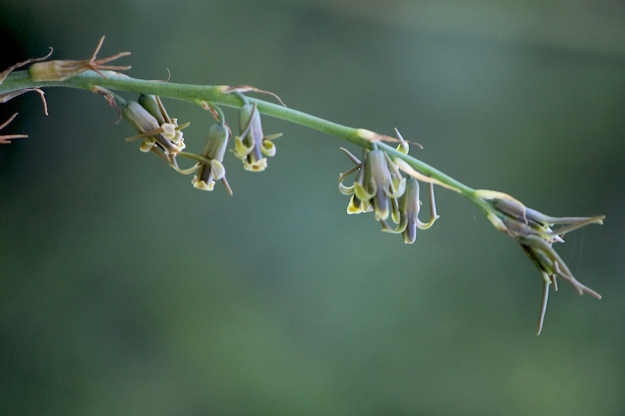
Dipcadi viride
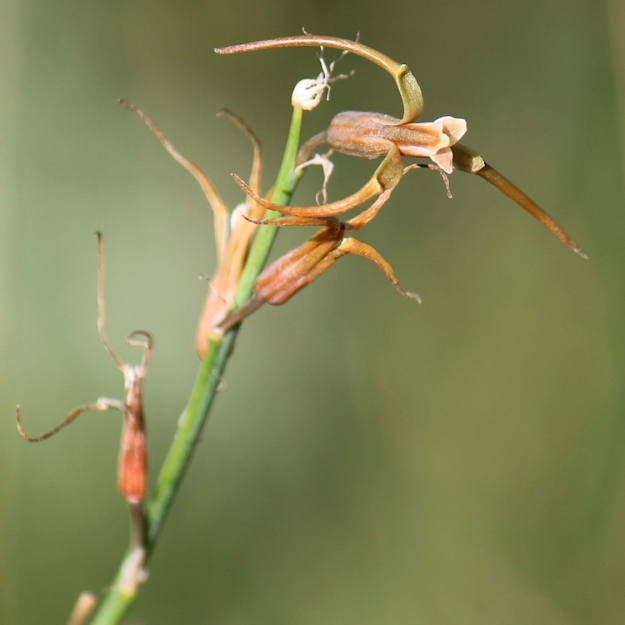
Dipcadi viride orange for
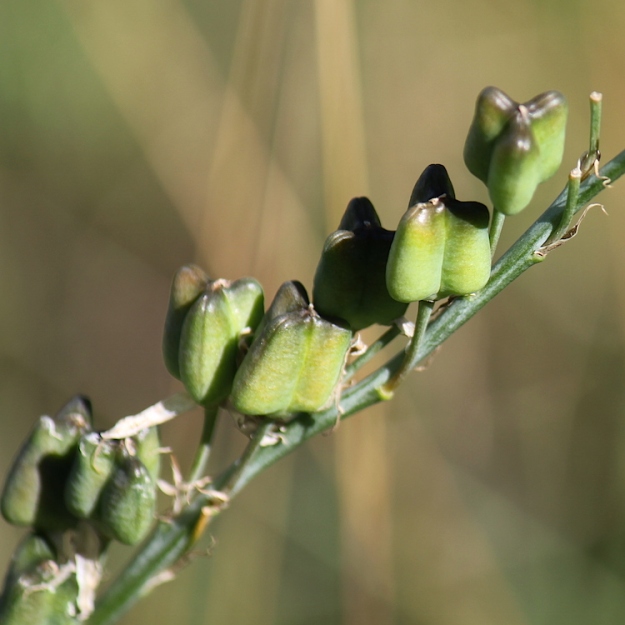
Dipcadi viride seeds
Gadiolus ecklonii, another first sighting just a single plant, Eulophia calanthoides, Eulophia ovalis, Eulophia zeheriana,
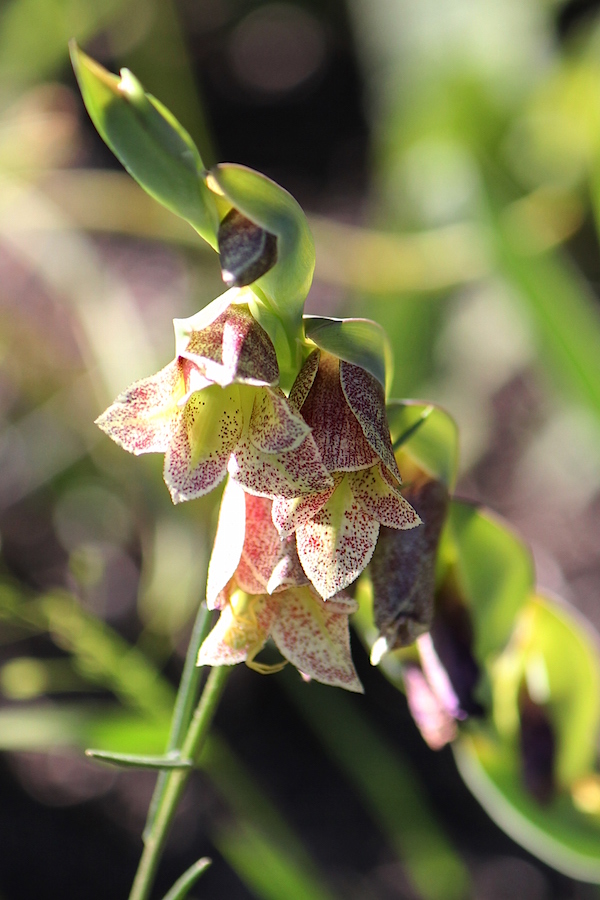
Gadiolus ecklonii
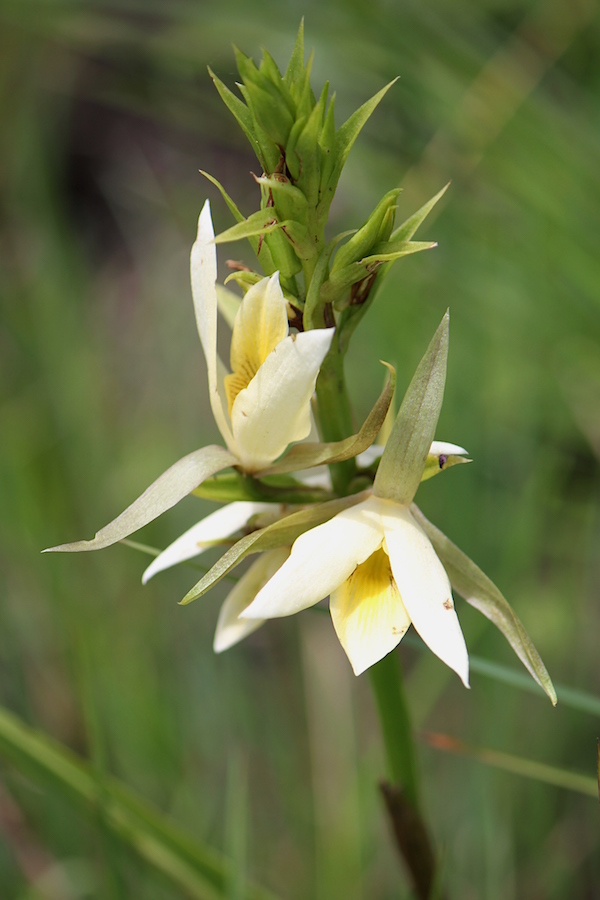
Orchid, Eulophia calanthoides
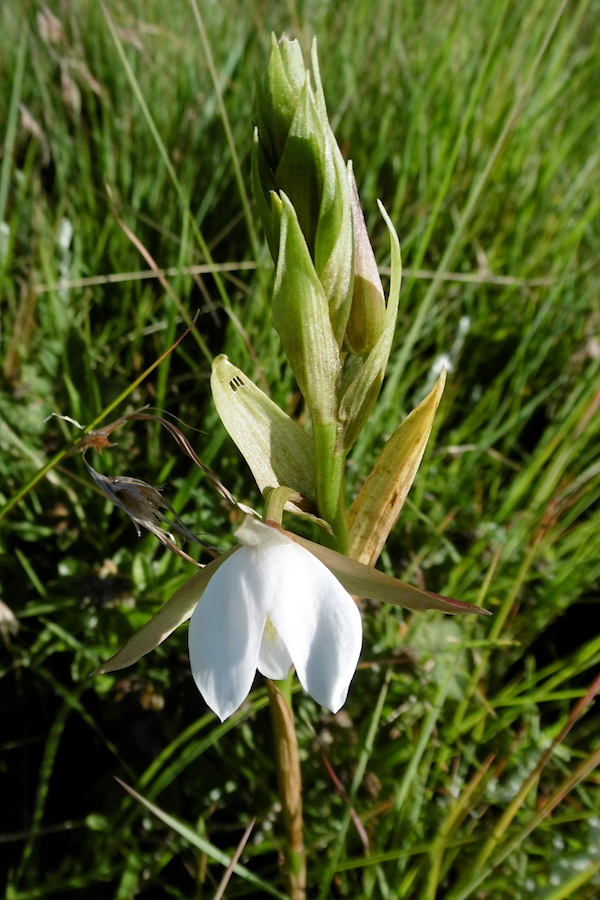
Orchid Eulophia ovalis
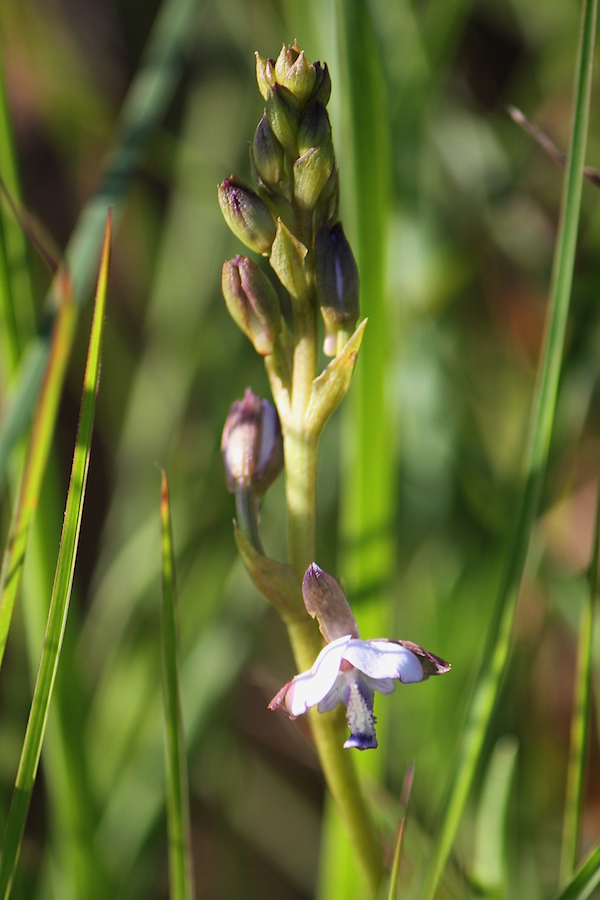
Orchid, Eulophia zeheriana
then an exception that is flowering profusely, some colonies of between 10-15 plants plus individuals scattered around, Orthochilus foliosus, Pachycarpus natalensis, Pelargonium luridum, Spotted-leaved Arum Zantedeschia albomaculata, Tephrosia purpurea, Watsonia confusa, Zornia capensis and fruiting Searsea discolour.
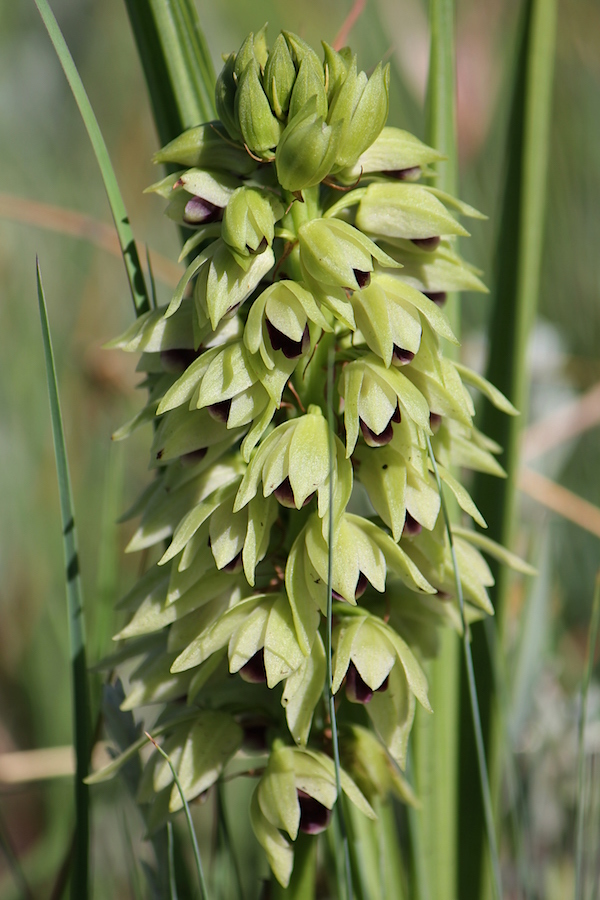
Orchid, Orthochilus foliosus
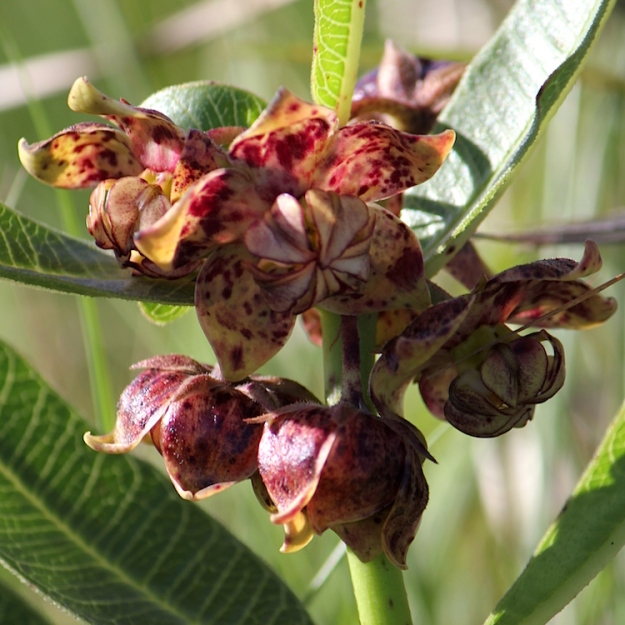
Pachycarpus natalensis
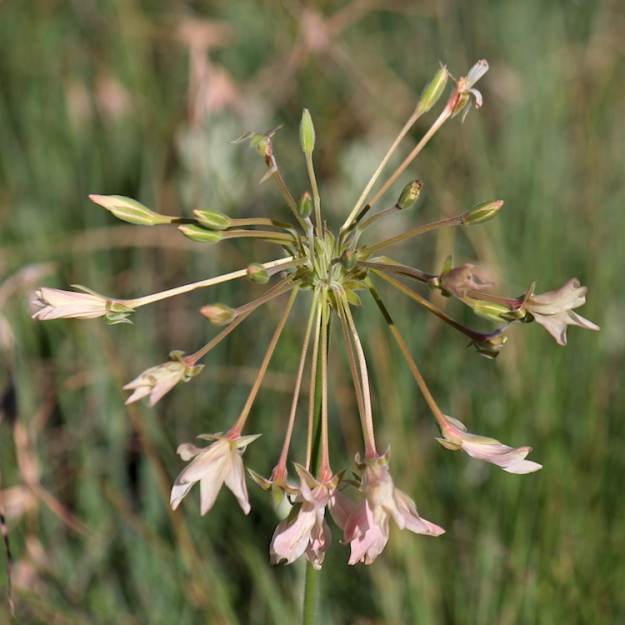
Pelargonium luridum
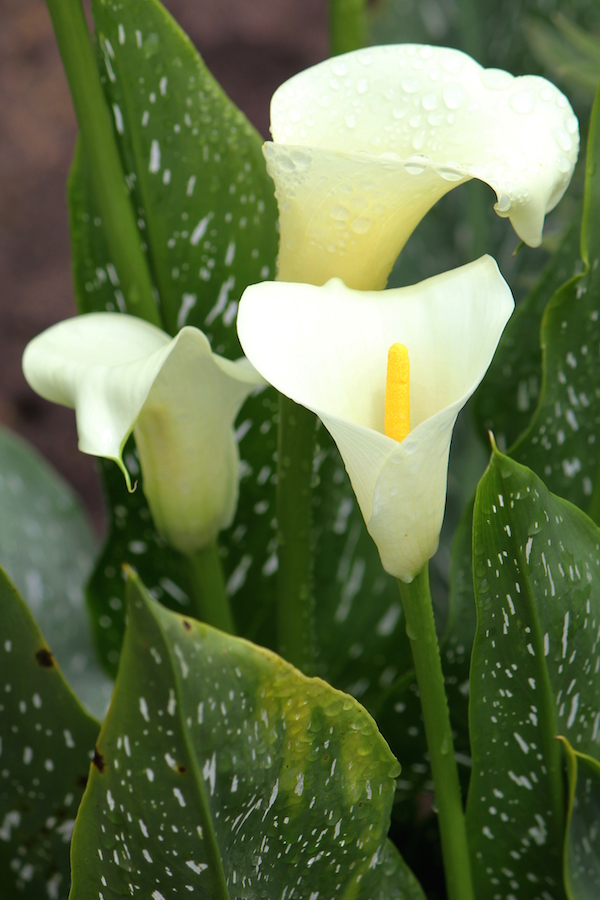
Spotted-leaved Arum Zantedeschia albomaculata
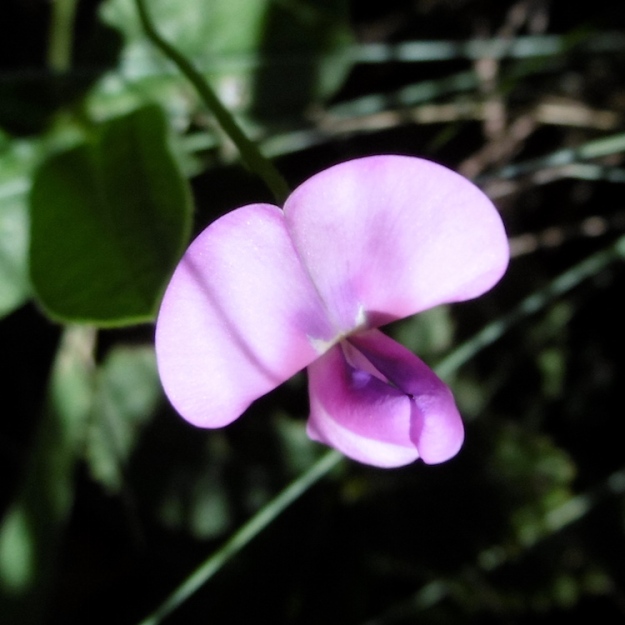
Tephrosia purpurea
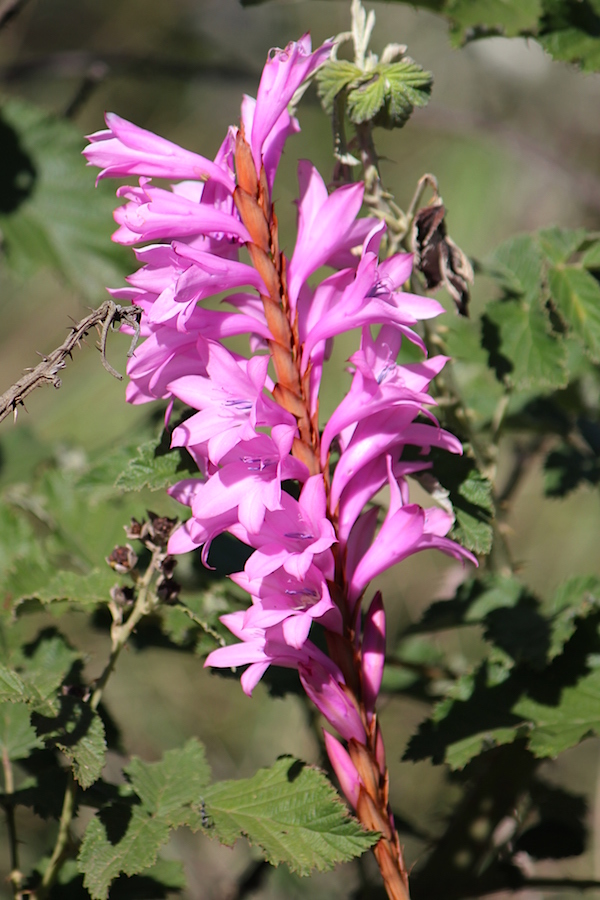
Watsonia confusa
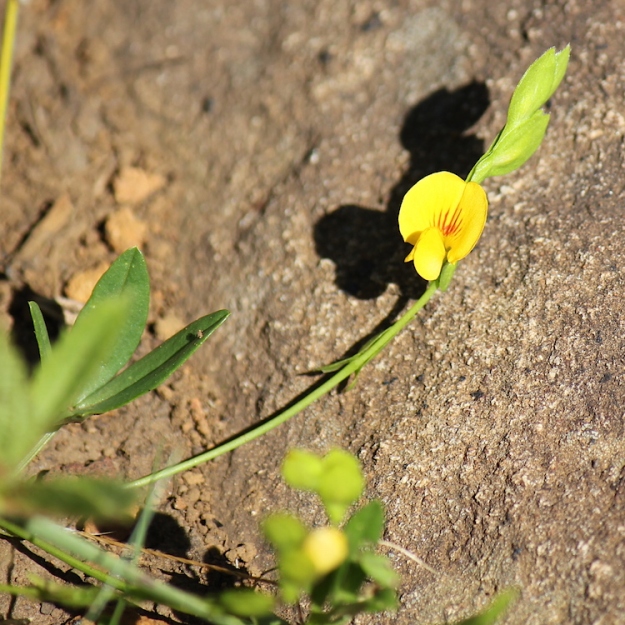
Zornia capensis

Searsea discolour
Black-backed Jackals yip and howl in the evenings. A male and female Common Duiker are regular visitors in the early morning and evening and have been enjoying the bounty of fallen plums!
Thank you Twane’ for the wonderful compliation and to all the contributors that keep these sightings ‘alive’!
LikeLiked by 1 person
It’s such a pleasure to compile the Boston sightings each month. The photography and contributions are such a delight – well done to all regular contributors.
LikeLiked by 1 person
Adore the Red Bishops Crystelle, and your moths are exceptional Christeen! What a treat.
LikeLiked by 2 people
Have to agree with you Nikki. The Red Bishop necklace and moths are a treat.
LikeLike
Also must agree – the moths seem to have an eastern exotic pattern and coloration to them! Both Orchid and flower pics Are also a treat. Many thanks.
LikeLike
Really lovely photos. Thanks!
LikeLiked by 1 person